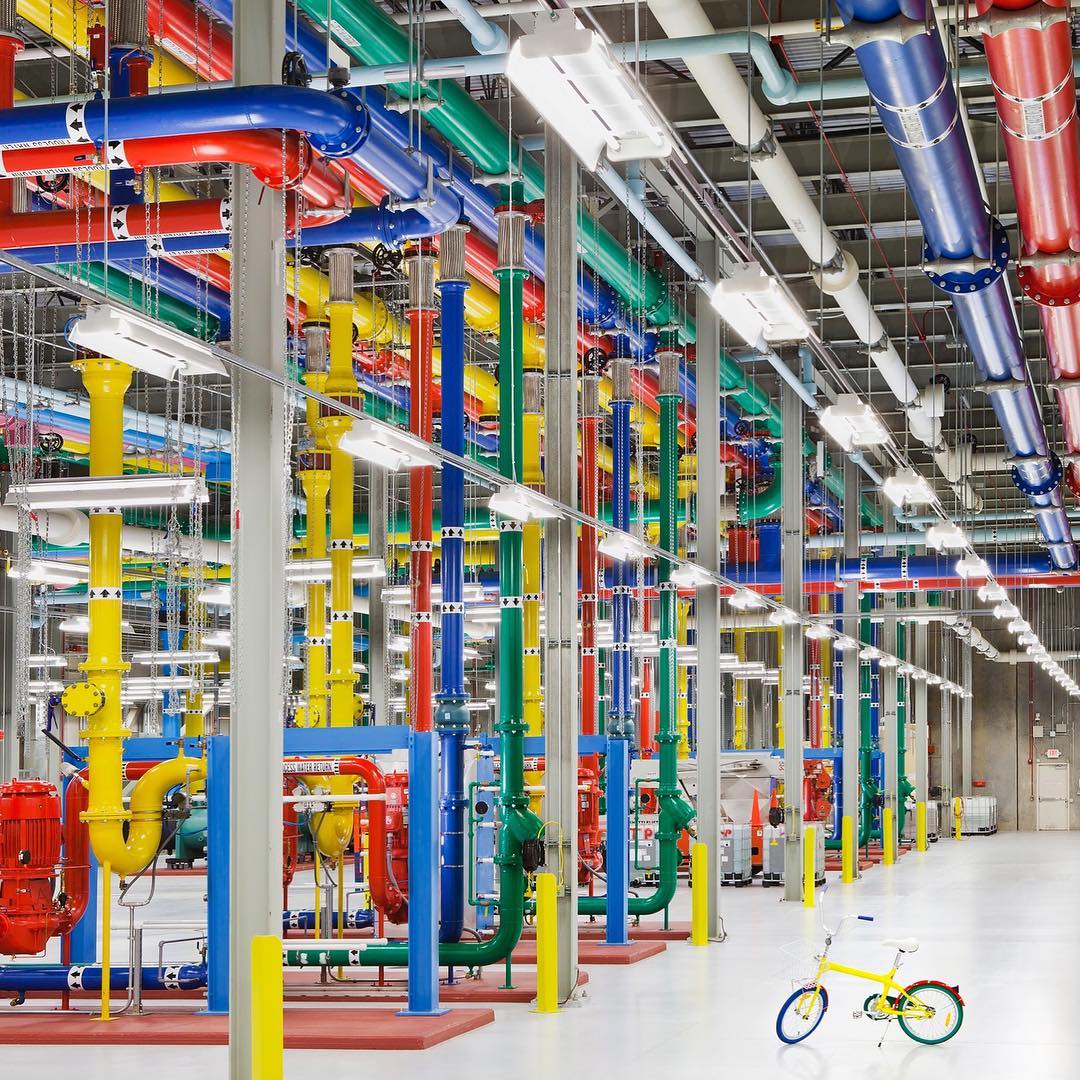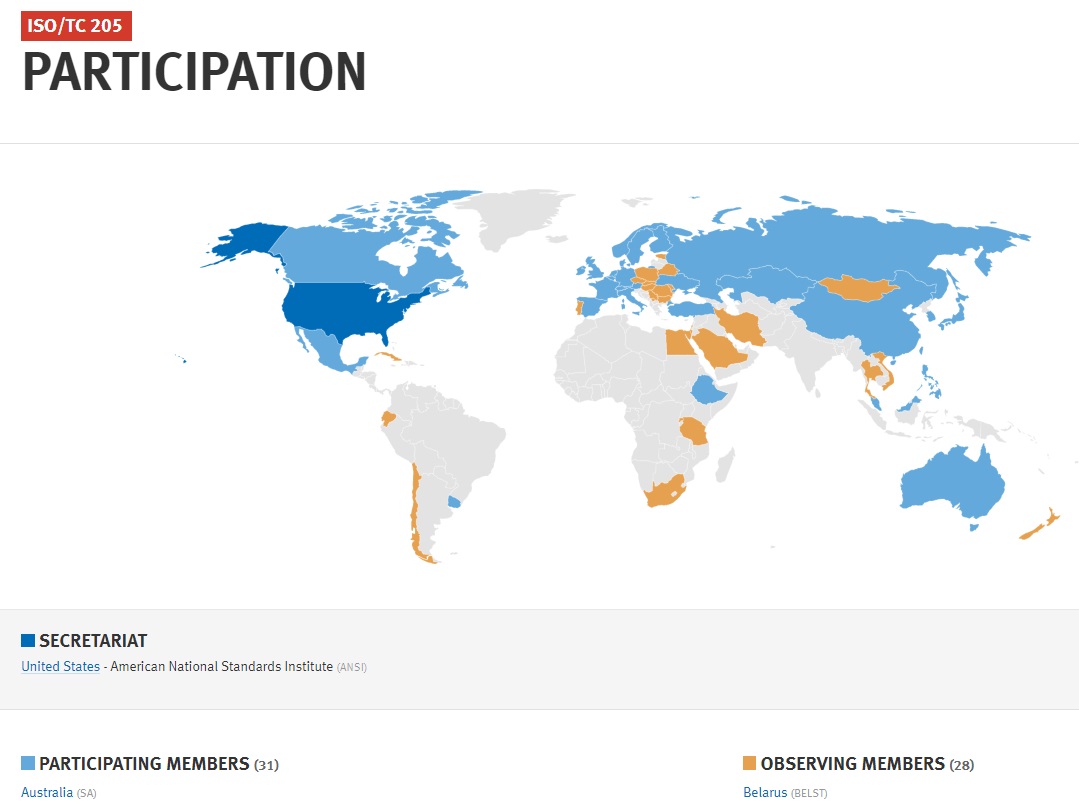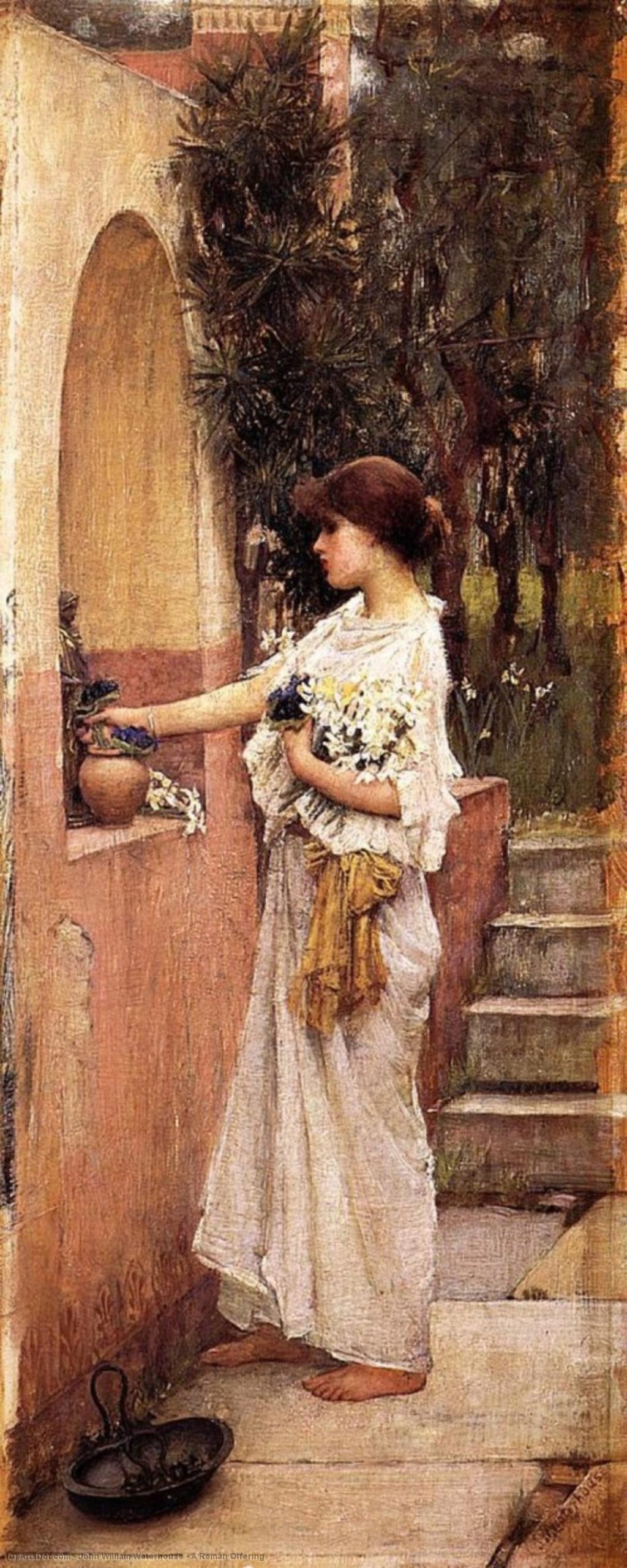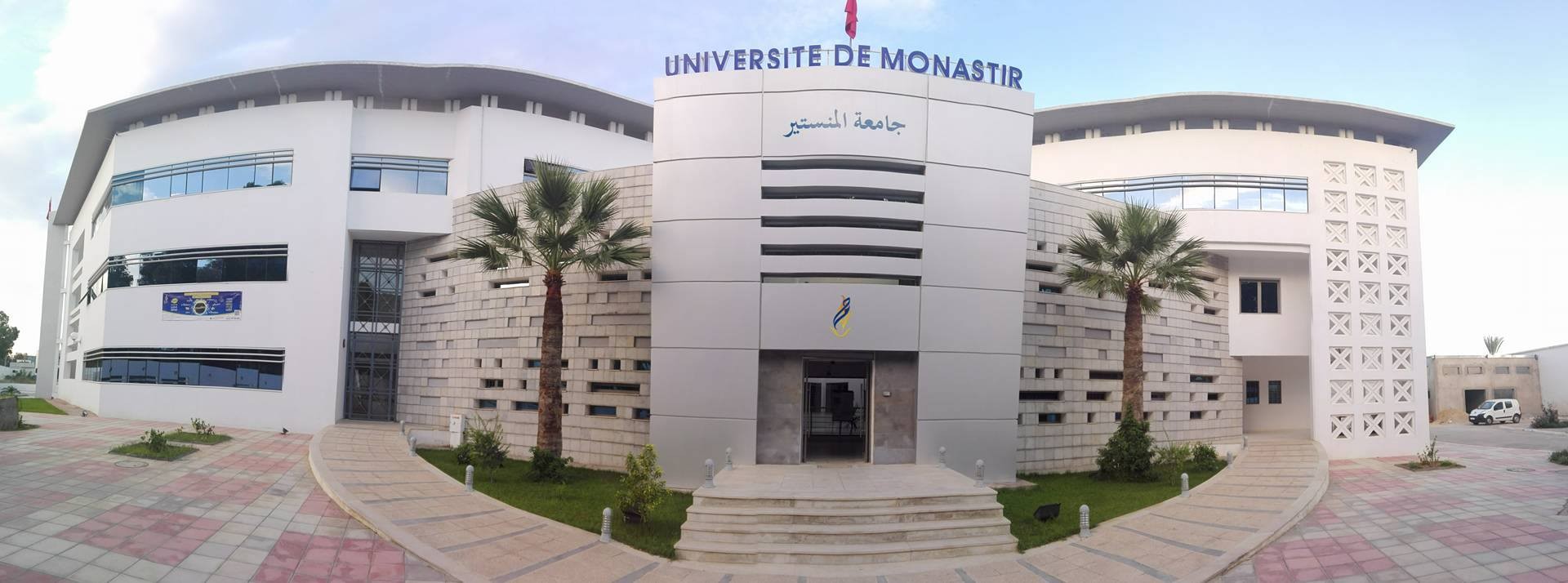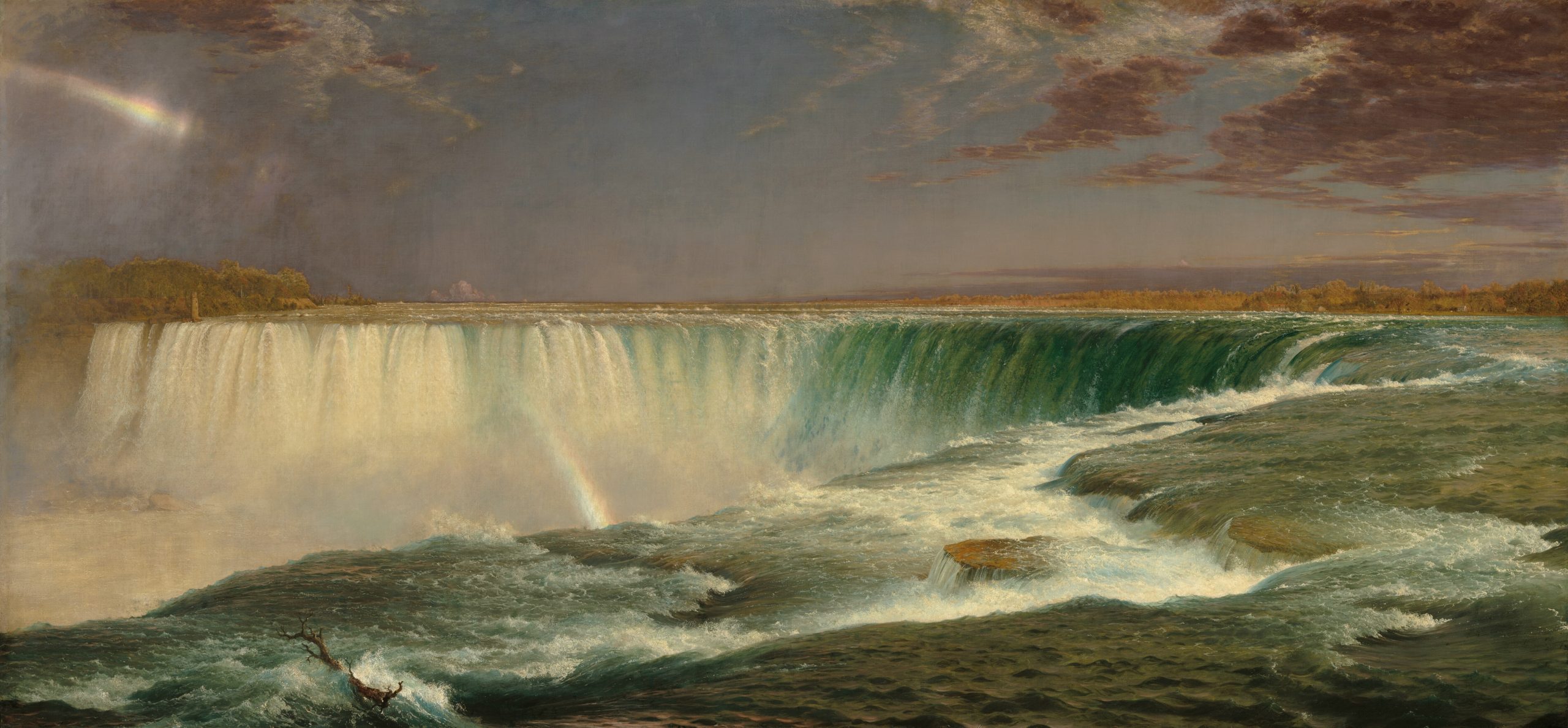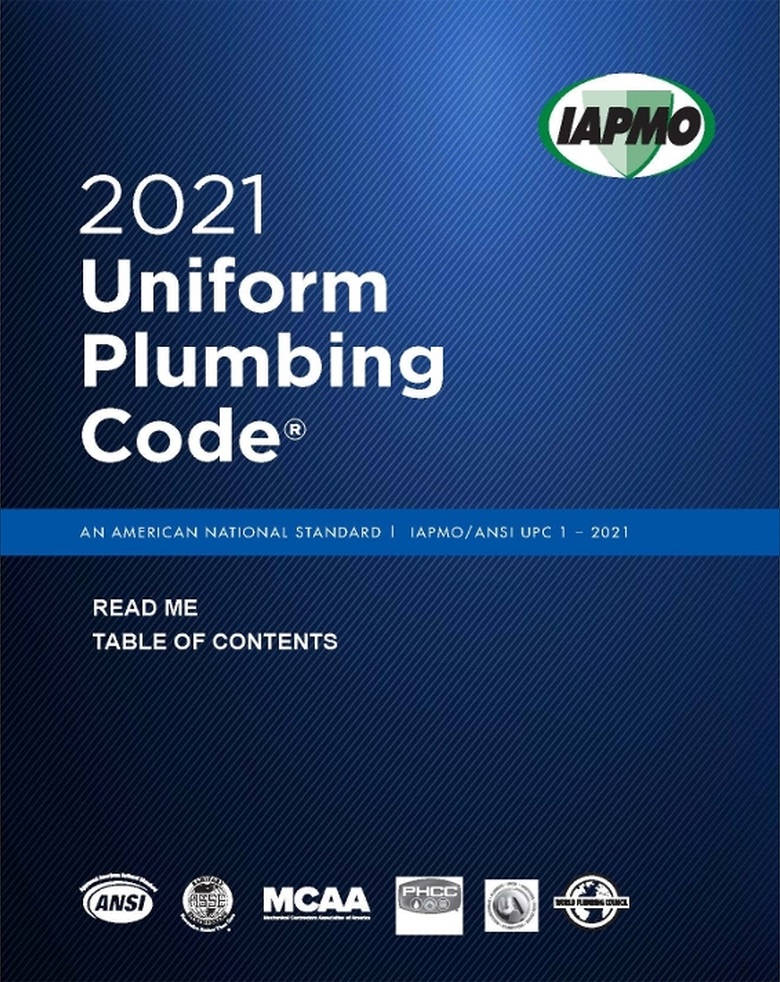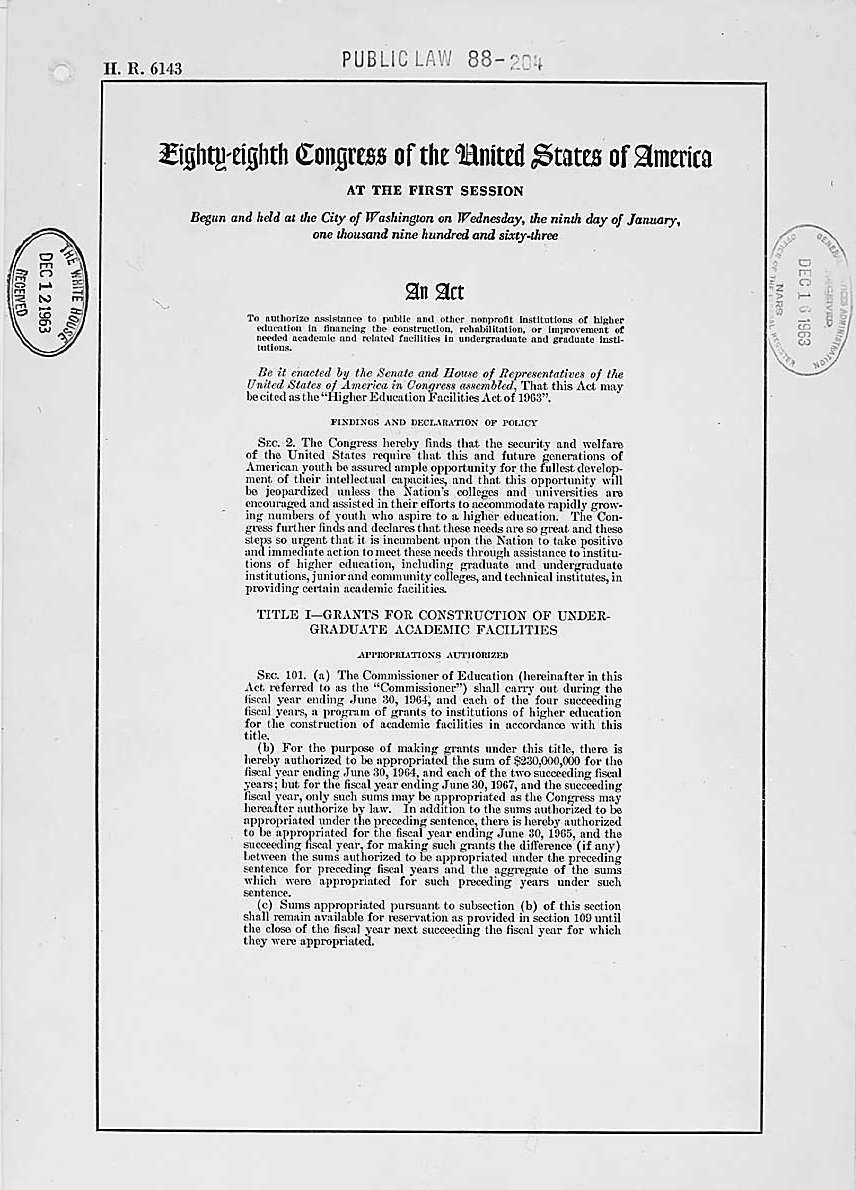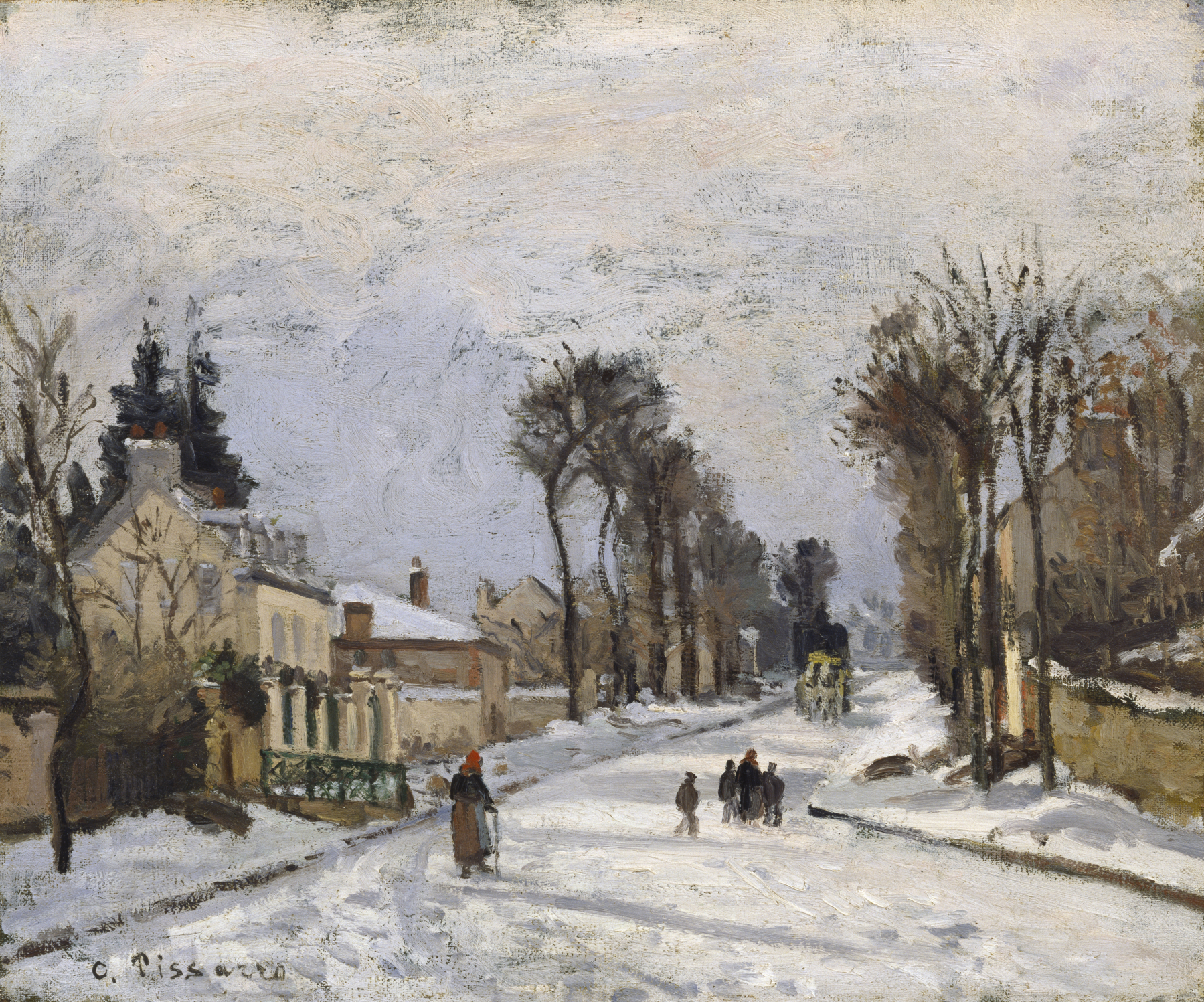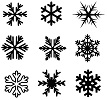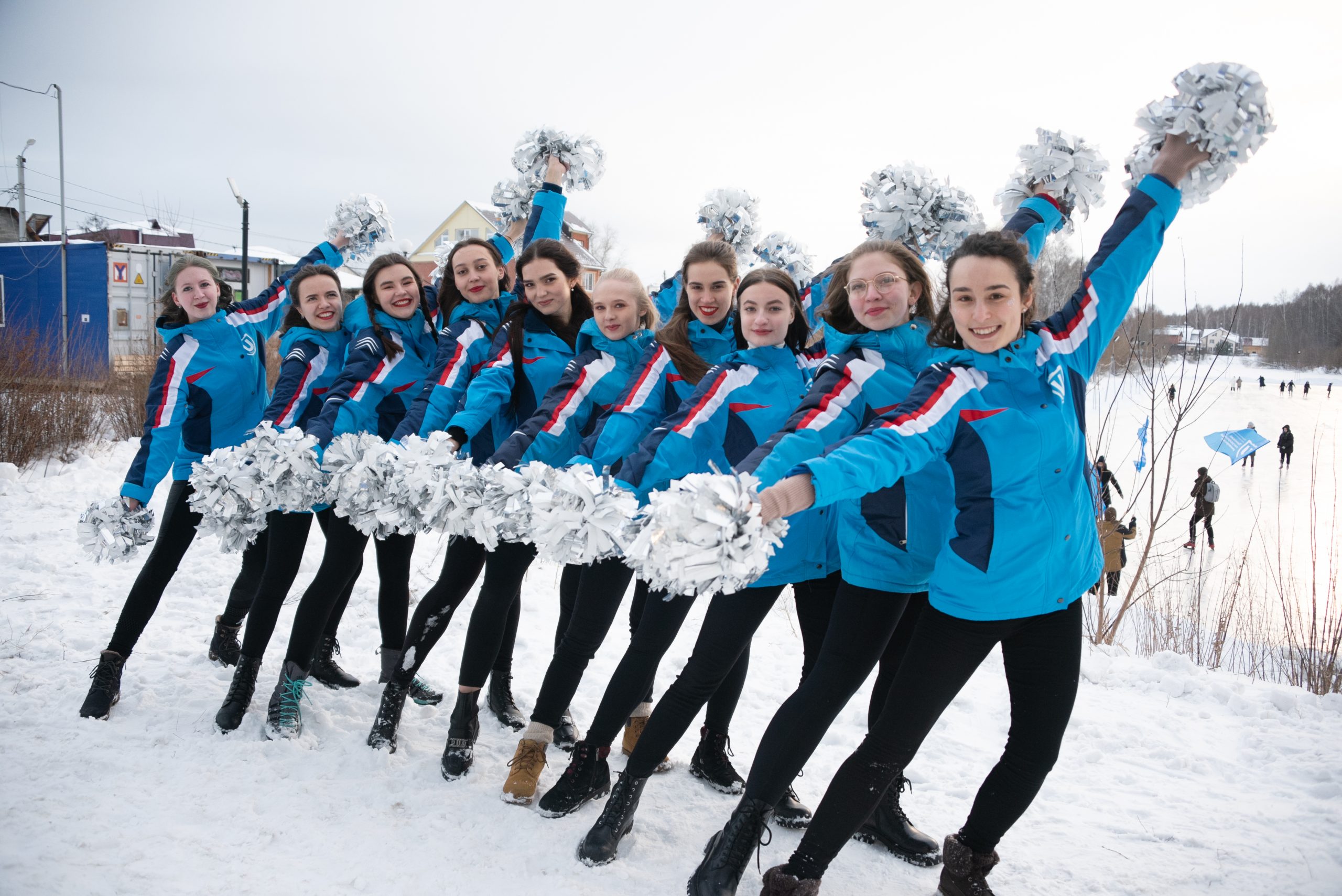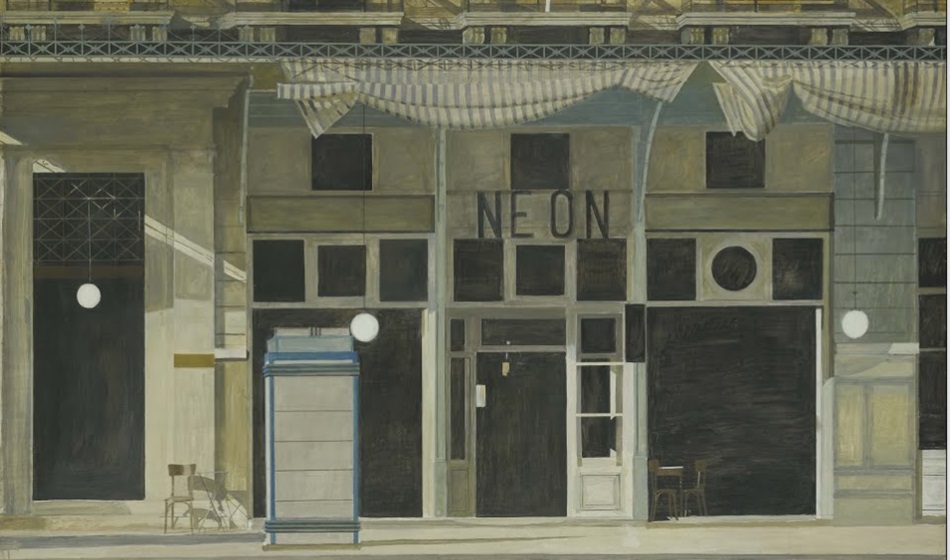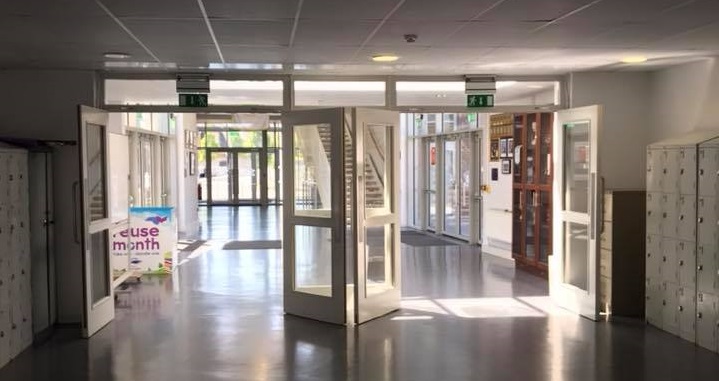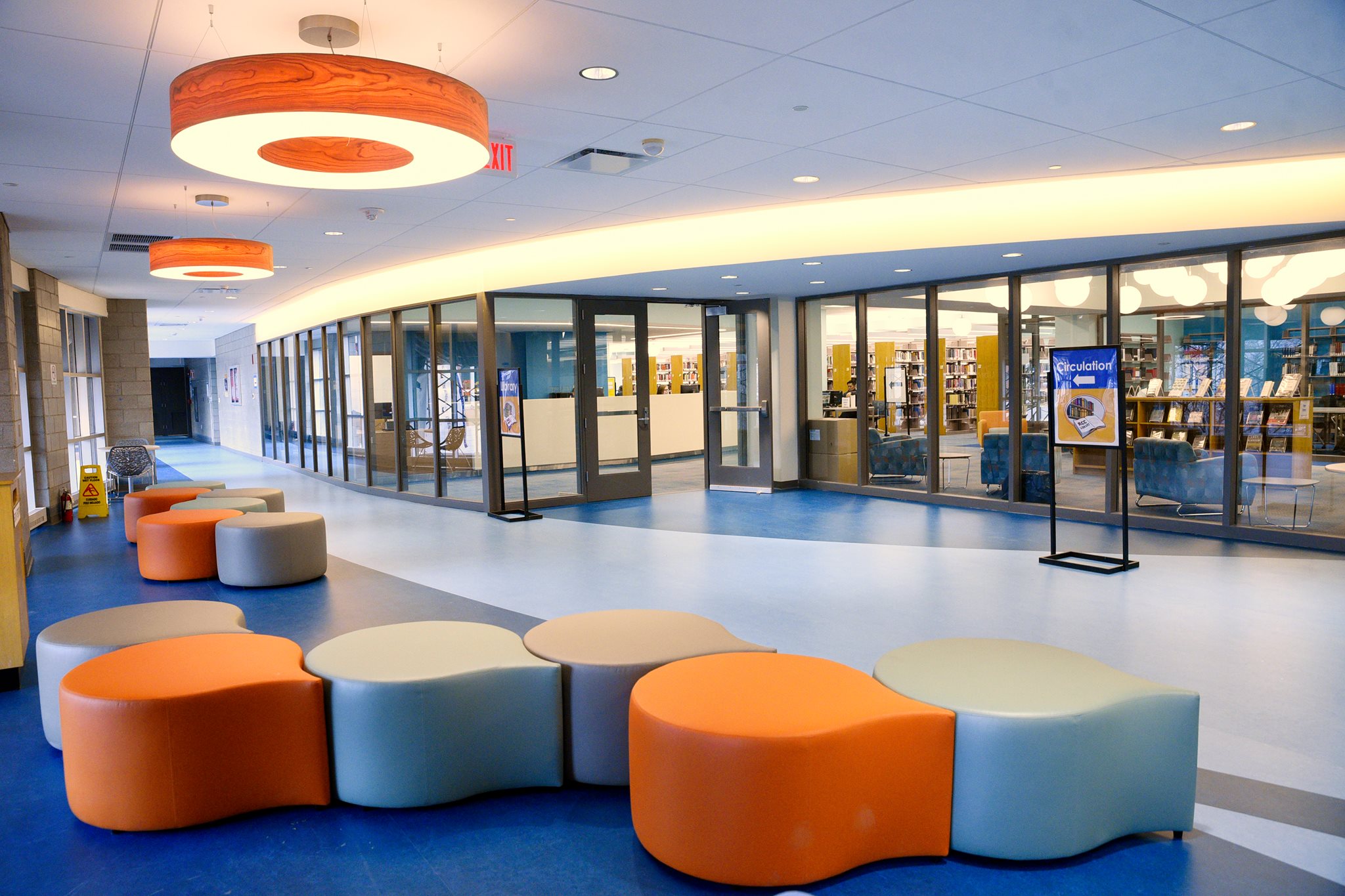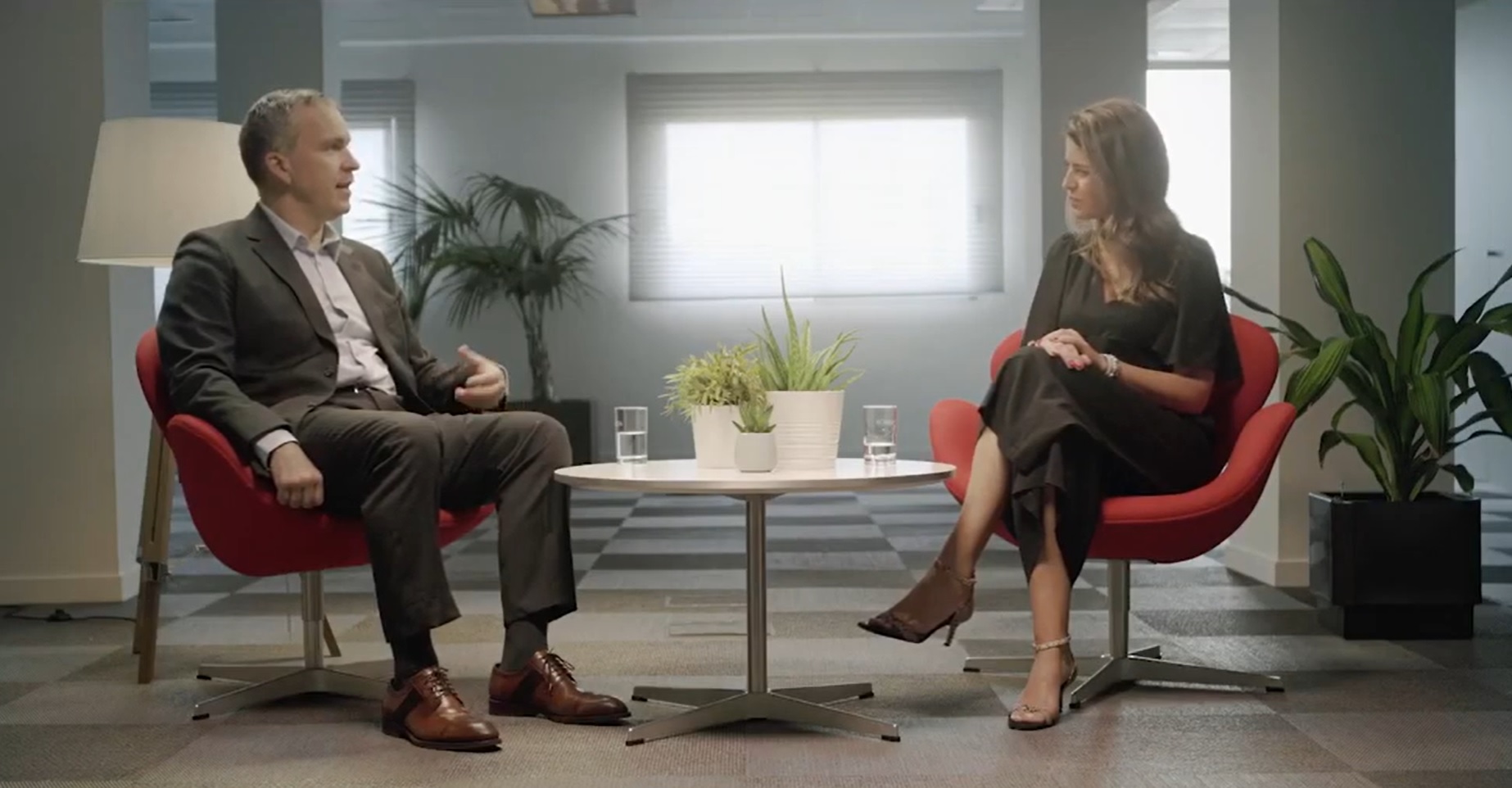

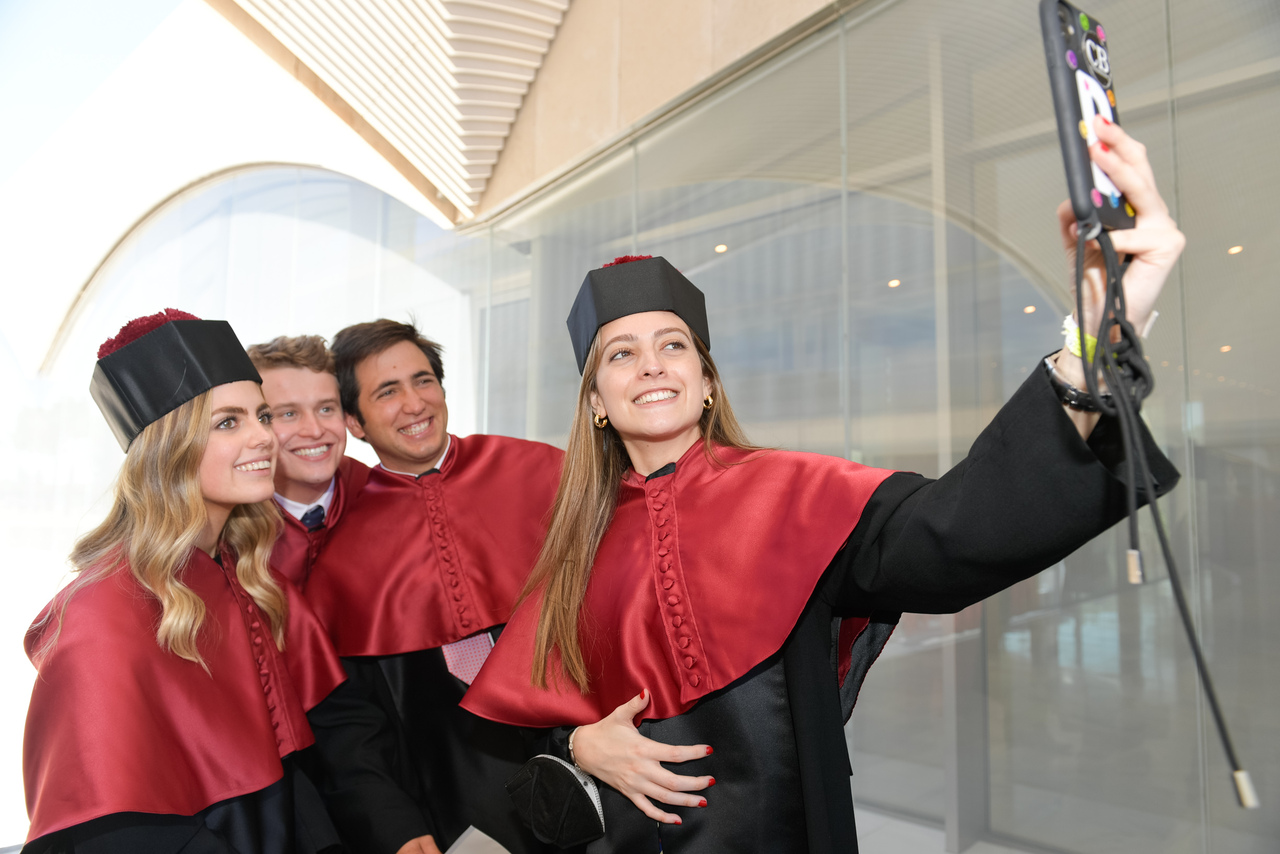
Tag Archives: D3
- Home
- Posts tagged "D3" (Page 2)

Building Environment Design
I don’t build in order to have clients.
I have clients in order to build.
— Ayn Rand
“Détruire est facile ; construire est difficile.”
— Victor Hugo
The highest level of standardization for the building interiors on the emergent #SmartCampus originates in ISO TC 205 — Building Environment Design. This committee is charged with standards setting in the design of new buildings and retrofit of existing buildings for acceptable indoor environment and practicable energy conservation and efficiency. Building environment design addresses the technical building systems and related architectural aspects, and includes the related design processes, design methods, design outcomes, and design-phase building commissioning. Indoor environment includes air quality, and thermal, acoustic, and visual factors. The business plan is linked below:
STRATEGIC BUSINESS PLAN ISO/TC 205
Some of the key ideas in the scope of this project are listed below:
– the design of energy-efficient buildings
– building control systems design
– indoor air quality
– indoor thermal environment
– indoor acoustical environment
– indoor visual environment
– radiant heating and cooling systems
– heating and cooling systems
– building commissioning planning
– moisture in buildings
We see many of the foregoing ideas in the catalog of ASHRAE International — ANSI’s US Technical Advisory Group Administrator in this project, as well as a number of others (CLICK HERE). There are 31 Participating member and 28 Observing member nations.
Generally speaking, ISO consensus products are performance standards and contrast sharply with prescriptive standards in the energy-related domains in the United States. Prescriptive standards are easy to enforce but difficult to write. Performance standards are easy to write but difficult to enforce.
Facility managers that oversee building automation units in education communities in the United States are encouraged to participate in the development of ISO 205 by communicating directly with Brian Cox at ASHRAE (bcox@ashrae.org). We keep all ISO standards on the standing agenda of our periodic Global and AEdificare standards colloquia. We also maintain this committee’s catalog on the standing agenda of our Mechanical colloquium. See our CALENDAR for the next online meetings; open to everyone.
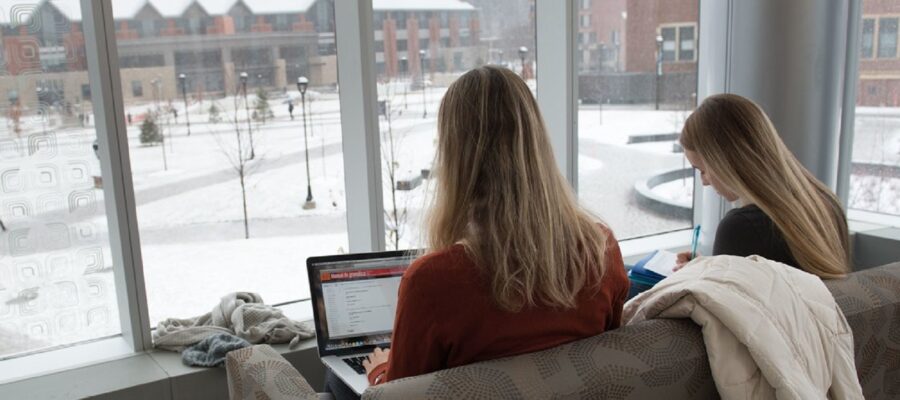
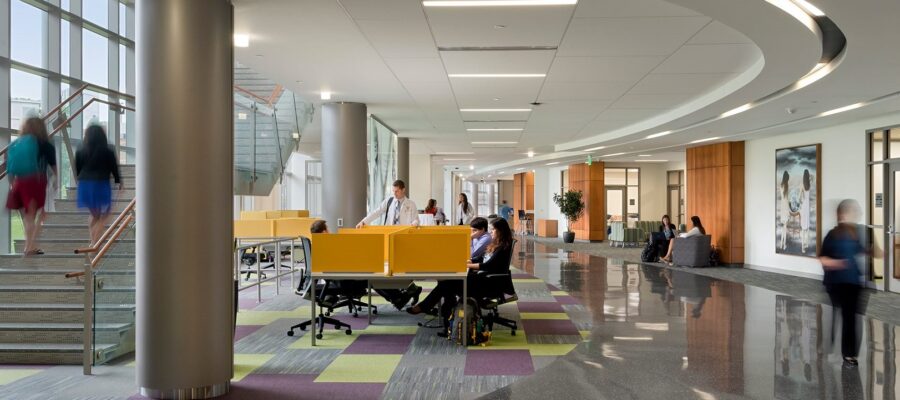

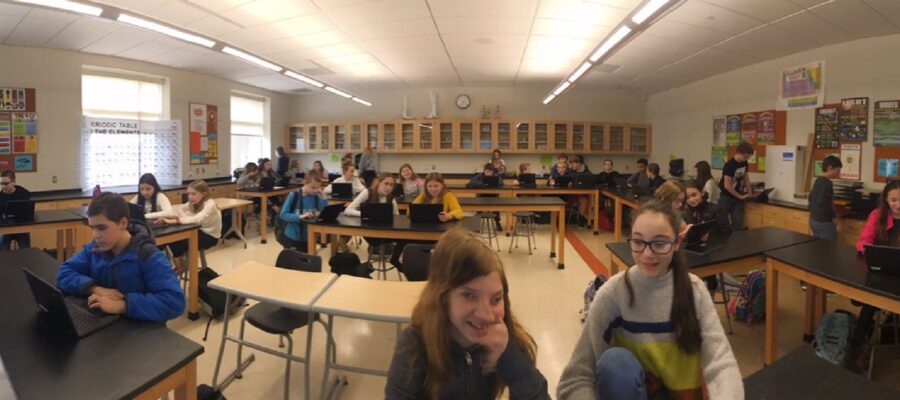

Issue: [10-30]
Category: International, Mechanical, Energy, Facility Asset Management
Colleagues: Mike Anthony, Richard Robben, Larry Spielvogel
More
Standards Australia
Department of Industry, Science and Resources
Tune in to our latest podcast ‘Building a global Quantum Industry: Explaining, Scaling and Standardising Quantum Technologies’ where experts draw upon quantum’s most exciting applications.https://t.co/dFun1MTkDE
— Standards Australia (@standardsaus) November 29, 2023
Evolution of the standards system in Australia is tracking the evolution of the United States standards system administered by the American National Standards Institute. In many economic sectors adherence to Australian Standards is mandated by legislation, however, access to the standards are often cost prohibitive, particularly to small business and sole traders.
Principal petitioner Andrew Gardso, an electrical engineer, states,
“This in essence will force small organisations and sole traders out of business or necessitate services being performed without having access to these standards.”
Access to Standards Australia Construction codes can cost more than $2673 for three years’ access to the National Construction Code set of standards. A petition to the Australian parliament’s House of Representatives seeks free or affordable access to essential standards that govern the safety and consistency of products services and systems, including design and construction.
Survey and Analysis of Current End-User Data Analytics Tool Support
Three ways Artificial Intelligence is transforming agriculture and food
*
Canadian Parliament Debate on Standards Incorporated by Reference
This week, we hosted the @IECStandards #smartcities committee in Sydney. Experts discussed smart tech and #sustainability to tackle #urbanchallenges. Discover more about our efforts to build resilient, sustainable cities: https://t.co/GOjoOBXoc9 pic.twitter.com/gvqvegx4km
— Standards Australia (@standardsaus) February 14, 2025
Recognizing signs and doors for Indoor Wayfinding for Blind and Visually Impaired Persons
Abstract: Indoor signage plays an essential component to find destination for blind and visually impaired people. In this paper, we propose an indoor signage and doors detection system in order to help blind and partially sighted persons accessing unfamiliar indoor environments. Our indoor signage and doors recognizer is builded based on deep learning algorithms. We developed an indoor signage detection system especially used for detecting four types of signage: exit, wc, disabled exit and confidence zone. Experiment results demonstrates the effectiveness and the high precision of the proposed recognition system. We obtained 99.8% as a recognition rate.
Is this not precious? I ❤️ 🐶’s pic.twitter.com/tCRblzdAIO
— Riley Nuttall (@nuttallriley1) January 11, 2024
Global Positioning System: A Generation of Service to the World
Citizens of the Earth depend upon United States leadership in this technology for several reasons:
Development: The GPS was originally developed by the US Department of Defense for military purposes, but it was later made available for civilian use. The US has invested heavily in the development and maintenance of the system, which has contributed to its leadership in this area.
Coverage: The GPS provides global coverage, with 24 satellites orbiting the earth and transmitting signals that can be received by GPS receivers anywhere in the world. This level of coverage is unmatched by any other global navigation system.
Accuracy: The US has worked to continually improve the accuracy of the GPS, with current accuracy levels estimated at around 10 meters for civilian users and even higher accuracy for military users.
Innovation: The US has continued to innovate and expand the capabilities of the GPS over time, with newer versions of the system including features such as higher accuracy, improved anti-jamming capabilities, and the ability to operate in more challenging environments such as indoors or in urban canyons.
Collaboration: The US has collaborated with other countries to expand the reach and capabilities of the GPS, such as through the development of compatible navigation systems like the European Union’s Galileo system and Japan’s QZSS system.
United States leadership in the GPS has been driven by a combination of investment, innovation, collaboration, and a commitment to improving the accuracy and capabilities of the system over time.
Construction Specifications for Exterior Clocks
Seamless positioning system using GPS and beacons for community service robot
Global Positioning System: Monitoring the Fuel Consumption in Transport Distribution
Uniform Plumbing Code
Although the 2024 Revision is substantially complete there are a number of technical and administrative issues to be resolved before the final version is released for public use. Free access to the most recent edition is linked below.
2027 UPC/UMC CODE DEVELOPMENT TIMELINE
Report on Comments for the 2024 Uniform Plumbing Code
— Leslie (@Hopeleslie1234) August 10, 2024
Du froid
— Charles Louis de Secondat, Baron de La Brède et de Montesquieu
Heat tracing is a process used to maintain or raise the temperature of pipes and vessels in order to prevent freezing, maintain process temperature, or ensure that products remain fluid and flow through the system properly. Without electric heat tracing; much of the earth would be uninhabitable.
Heat tracing works by using an electric heating cable or tape that is wrapped around the pipe or vessel, and then insulated to help retain the heat. The heating cable is connected to a power source and temperature control system that maintains the desired temperature by regulating the amount of heat output from the cable. Heat tracing is commonly used in industrial applications where temperature control is critical, such as in chemical plants, refineries, and oil and gas facilities.
There are several types of heat tracing, including electric heat tracing, steam tracing, and hot water tracing, each of which have their own unique advantages and disadvantages. The selection of the appropriate type of heat tracing depends on the specific application and the required temperature range, as well as factors such as cost, maintenance, and safety considerations.
Heat Tracing for Piping Specification | NECA Standards (N.B. Link unstable)
2026 NEC CMP-17 Public Input Report | 2026 NEC CMP-17 Second Draft Report
Capturing snow flakes as the fall out of the sky
[📹 Dmitry Dotsenko / dots_foto]pic.twitter.com/e3rwNUGLmK
— Massimo (@Rainmaker1973) January 29, 2025
Today we review the literature for snow and ice management (and enjoyment) produced by these standards-setting organizations:
Accredited Snow Contractors Association
American Society of Civil Engineers
American Society of Mechanical Engineers
ASTM International
Destructive Deep Freeze Strikes Cold and Hot Regions Alike
Institute of Electrical & Electronic Engineers
Electrical Heat Tracing: International Harmonization — Now and in the Future
Indiana University.
The most beautiful college campus in the country covered in snow. pic.twitter.com/Tp33cQgKuq
— Alex Paul Photo (@alexpaulphoto) January 11, 2025
International Code Council
International Building Code: Chapter 15 Roof Assemblies and Rooftop Structures
National Electrical Contractors Association
National Fire Protection Association
Winter is Coming: Is Your Facility Protected? (Holly Burgess, November 2022)
National Electrical Code: Articles 426-427
National Floor Safety Institute
Snow and Ice Management Association
Underwriters Laboratories
Manufacturers:
Chromalox Electrical Heat Tracing Systems Design Guide
It is a surprisingly large domain with market-makers in every dimension of safety and sustainability; all of whom are bound by state and federal regulations.
Join us at 16:00 UTC with the login credentials at the upper right of our home page.
Red surely made the most of his snow day! 🛷 ☃️
Who’s team snow on campus? ❄️ pic.twitter.com/F03KX1XyaR
— The Catholic University of America (@CatholicUniv) January 14, 2025
There have been several recent innovations that have made it possible for construction activity to continue through cold winter months. Some of the most notable ones include:
- Heated Job Site Trailers: These trailers are equipped with heating systems that keep workers warm and comfortable while they take breaks or work on plans. This helps to keep morale up and prevent cold-related health issues.
- Insulated Concrete Forms (ICFs): ICFs are prefabricated blocks made of foam insulation that are stacked together to form the walls of a building. The foam insulation provides an extra layer of insulation to keep the building warm during cold winter months.
- Warm-Mix Asphalt (WMA): WMA is a type of asphalt that is designed to be used in colder temperatures than traditional hot-mix asphalt. This allows road construction crews to work through the winter months without having to worry about the asphalt cooling and becoming unusable.
- Pneumatic Heaters: These heaters are used to warm up the ground before concrete is poured. This helps to prevent the concrete from freezing and becoming damaged during the winter months.
- Electrically Heated Mats: These mats are placed on the ground to prevent snow and ice from accumulating. This helps to make the job site safer and easier to work on during the winter months.
Overall, these innovations have made it possible for construction crews to work through the winter months more comfortably and safely, which has helped to keep projects on schedule and minimize delays.
Somewhat related:
Capturing snow flakes as the fall out of the sky
[📹 Dmitry Dotsenko / dots_foto]pic.twitter.com/e3rwNUGLmK
— Massimo (@Rainmaker1973) January 29, 2025
Map showing what states can actually drive in snow pic.twitter.com/qgKEhLtKbr
— Midwest vs. Everybody (@midwestern_ope) February 7, 2025
Catalog: BUILDERS HARDWARE MANUFACTURER ASSOCIATION
Builders Hardware Manufacturer Association Standards Catalog
ARCHIVE: April 6, 2019
The Builders Hardware Manufacturers Association (BHMA) is an ANSI accredited standards developing organization for building access and egress technology that education industry real asset managers find referenced deep in the architectural and electrical sections of construction contract specifications (as in “Conform to all applicable standards”). Architects, electrical, fire protection and information and communications technology professionals usually have to collaborate on the design, construction. operations and maintenance of fenestration technologies.
Gone are the days when a door was just a door (or “opening” or “fenestration”). Doors are now portals; an easily identifiable control point in the Internet of Things electrotechnical transformation. There are 100’s of thousands of them on large research university campus; for example. As we explain in our School Security Standards post the pace of standardization in public safety management and technology has increased; driven by events. Some of the risk management can be accomplished with integrated technical solutions that are complex and more expensive to design, build, operate and maintain.
A fair estimate of the annualized cost of a door now runs on the order of $1000 to $10,000 per door (with hospital doors at the high end).
BHMA develops and maintains performance standards for locks, closers, exit devices and other builders hardware. It has more than 40 ANSI/BHMA standards. The widely known ANSI/BHMA A156 series of standards describes and establishes features and criteria for an array of builders hardware products including locks, closers, exit devices, butts, hinges, power-operated doors and access control products. They are listed on the link below:
BHMA has opened one of its standards for public review that is relevant to our contribution to the security and sustainability agenda of the education facility industry; an agenda that necessarily involves a growing constellation of interacting specifics
BHMA A156.4 Standard for Door Controls – Closers. This Standard contains requirements for door closers surface mounted, concealed in the door, overhead concealed, and concealed in the floor. Also included are pivots for floor closers. Criteria for conformance include cycle, operational, closing force, and finish tests.
Given that BHMA consensus products are largely product standards (much the same way UL Standards are product standards) it is wise to keep an eye on a related installation standards found in the fenestration sections of model building and fire safety codes and in ASTM E2112 Standard Practice for Installation of Exterior Windows, Doors and Skylights.
Comments are due May 6th. You may obtain an electronic copies of any of the foregoing from MTierney@kellencompany.com and send comments to the same (with copy to psa@ansi.org).
The BHMA suite is on the standing agenda of our monthly Construction Specification and Design Guideline teleconference; an informal session that should interest building contractors and design professionals who prepare documents that use the general purpose clause: “Conform to all applicable standards”. That usually means the latest standard. See our CALENDAR for the next online meeting; open to everyone.
Issue: [19-129]
Category: Architectural, Electrical, Facility Asset Management, Telecommunication, Public Safety, #SmartCampus, Risk Management
Colleagues: Mike Anthony, Jim Harvey. Jim Vibbart
LEARN MORE:
BHMA Standards Revision Status Tracking
New update alert! The 2022 update to the Trademark Assignment Dataset is now available online. Find 1.29 million trademark assignments, involving 2.28 million unique trademark properties issued by the USPTO between March 1952 and January 2023: https://t.co/njrDAbSpwB pic.twitter.com/GkAXrHoQ9T
— USPTO (@uspto) July 13, 2023
Standards Michigan Group, LLC
2723 South State Street | Suite 150
Ann Arbor, MI 48104 USA
888-746-3670



